Charging Infra, Govt Push And Battery Swapping Will Boost EV Adoption in 2025
- By Gaurav Nandi
- January 14, 2025
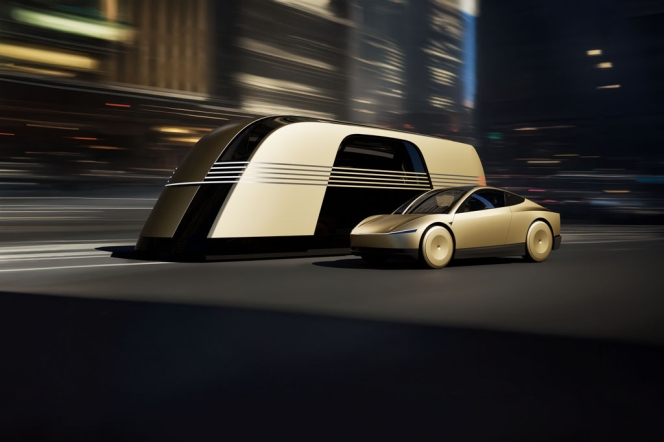
The adoption of electric vehicles (EV) in India is poised to see a boost in adoption numbers driven by a rapidly expanding charging network, growth in battery swapping models and government policies such as the PM e-drive.
The respective sector demonstrated strong momentum in 2024, with total sales reaching nearly 1.95 million units across segments. Industry experts see this growth trajectory continuing into 2025, supported by expanding charging infrastructure, battery swapping networks and favorable government policies.
Alluding to the performance of the sector in 2024 ICRA Corporate Ratings Senior Vice President Srikumar Krishnamurthy said, “Electric vehicles in India continued to gain traction in 2024 supported by factors like government incentives, changing consumer needs new product launches, technological advancements, etc. Nevertheless, the EV penetration levels remain modest, particularly in cars and trucks, though adoption in two-wheelers and three-wheelers and buses is better. The government’s policy measures remain supportive; the PM e-drive scheme is expected to aid faster EV adoption apart from the development of the EV manufacturing ecosystem. While the transition is gradual, the EV sector holds promise as a cornerstone for sustainable mobility, with significant growth potential in the coming years."
According to data from Vahan Dashboard 19,48,957 EVs were sold between January and December 2024. Electric two-wheelers dominated the market with sales translating to 1.2 million units followed by the three-wheeler segment that sold 6,94,466 units.
Meanwhile, the electric car segment continued to show steady progress with 99,848 units sold while the electric-bus sales experienced substantial growth increasing by 39% in CY2024, reaching 3,834 units.
Ola Electric dominated the two-wheeler segment with a 35.42 percent market share followed by TVS (19.49 percent), Bajaj (16.58 percent), Ather (11.08 percent) and Hero (3.78 percent).
In the three-wheeler passenger segment, Mahindra Last Mile Mobility led with approximately 10 percent market share, while Bajaj Auto demonstrated exceptional growth. The three-wheeler cargo segment saw Mahindra LMM maintaining leadership with about 11 percent market share, while Bajaj Auto showed impressive growth to capture 4.7 percent market share.
In the electric car segment, Tata Motors maintained dominance with roughly 62 percent market share, followed by MG Motor India at 22 percent, Mahindra & Mahindra (7 percent), BYD (2.85 percent), and PCA (2.19 percent), while in the electric bus segment, Tata Motors retained its leadership position with all major players showing significant sales growth.
2025 Outlook
Alluding to the sectoral outlook for 2025, Altigreen Propulsion Labs Chief Executive Officer Amitabh Sharan noted, “The electric vehicle industry in India stands at a transformative crossroads in 2025, with the market projected to reach USD 235 billion by 2030 at a remarkable CAGR of 49 percent. The sector will witness remarkable growth (especially in commercial vehicles) in 2025, driven by a combination of TCO benefits, technological advancements for better quality vehicles and driveability, and changing consumer perception towards EVs. However, the road to widespread EV adoption will need to overcome significant challenges viz-a-viz innovative vehicle financing, urban charging infrastructure, consistency in policy and regulatory framework, supply-chain localisation (for price parity with ICE) and very importantly skill development through industry-academia partnerships.”
Revfin Founder Sameer Aggarwal said, “2024 has been a defining year for India’s automotive sector, marked by accelerated adoption of electric vehicles, advancements in sustainability, and the integration of innovative technologies. Building on this momentum, 2025 is expected to be a year for EV adoption. With an intensified focus on developing robust EV charging infrastructure and scaling up battery-swapping networks, transitioning to electric mobility will become more seamless for consumers. Coupled with innovative financing models and targeted efforts to reach underserved markets, the industry is set to overcome accessibility barriers and make sustainable mobility a reality for all. Collaboration between automakers, policymakers, and technology providers will ensure a cohesive ecosystem, enabling India to lead the way in sustainable and inclusive mobility solutions.”
Godawari Electric Motors Director Hyder Ali Khan noted, “As we look ahead to 2025, we are excited about the robust expansion of our Eblu product portfolio, catering to the evolving needs of our customers. Additionally, we have some promising public and private orders in the pipeline, which will further accelerate our growth trajectory. We remain committed to driving innovation and sustainability in the EV sector and look forward to continued collaboration with our stakeholders to shape a cleaner and greener future for mobility.”
Zypp Electric Chief Executive Officer Akash Gupta revealed plans for 2025 along with the sector outlook and stated, “Looking ahead to 2025, Zypp Electric is committed to deploying 200,000 electric vehicles across the country in the next 12-18 months and we will double down on innovation, fleet expansion and partnerships to meet growing demand. We will focus on bolstering EV charging infrastructure, enhancing intelligent fleet management, and contributing to India's net-zero goals. Together, we aim to revolutionise last-mile logistics and make green mobility the norm for businesses and communities alike.”
On the components front, Automotive Component Manufacturers Association Director General Vinnie Mehta averred, “The Indian auto component industry is poised for robust double-digit growth in FY25, driven by strategic efforts to reduce import dependence and bolster exports. The electric vehicle component segment is witnessing remarkable year-on-year growth, propelled by the surging demand for sustainable mobility solutions. Key drivers include advancements in electric powertrains and battery systems, supported by increased investments in localization, R&D, and progressive government policies. These developments underscore the industry’s commitment to innovation, self-reliance, and establishing India as a prominent global manufacturing hub."
As India furthers its journey towards carbon neutrality within the mobility sector, EV adoption is slated to accelerate even in the luxury car segment. According to a news report citing Federation of Automobile Dealers Associations, the luxury EV market grew by 6.7 percent in 2024 despite decline in sales.
BMW witnessed the highest sales followed by Mercedes Benz India, Volvo, Audi and Porsche.
Image for representative purpose only
BYD Rolls Out 15 Millionth New Energy Vehicle As Global EV Sales Rise
- By MT Bureau
- December 19, 2025
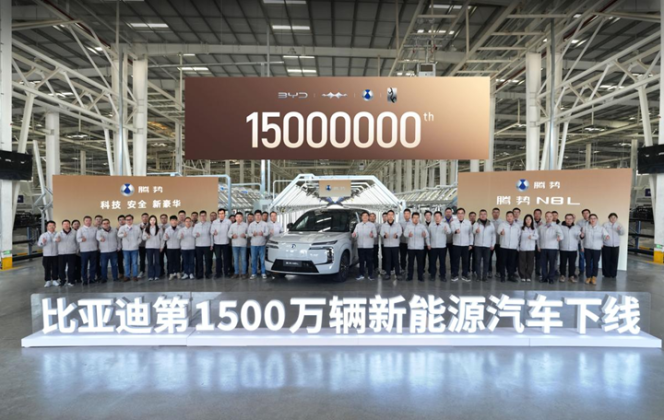
Chinese automotive major BYD has celebrated the production of its 15 millionth new energy vehicle (NEV) at its Jinan Factory. The milestone vehicle is a Denza N8L, which also represents the 15,000th unit of this six-seat SUV model.
The company reported sales of 4.182 million units from January to November 2025, a YoY growth of 11.3 percent. Global markets contributed to this performance, with overseas sales reaching 917,000 units, surpassing the total volume recorded in 2024. BYD now operates in more than 119 countries and regions.
Technological innovation continues to drive the company's operations. In the first three quarters of 2025, R&D expenditure rose to CNY 43.75 billion, a 31 percent increase compared to the previous year. Total cumulative investment in research and development has now exceeded CNY 220 billion.
The Denza brand has entered markets in Singapore, Thailand and Malaysia. During the first half of the year, the Denza D9 became the top-selling luxury MPV in Indonesia, Thailand and Malaysia.
The brand has extended its presence into Europe and Latin America. This expansion is part of a strategy to increase the electrification of the global luxury automotive sector. Denza recently showcased the D9 at the São Paulo International Motor Show to support its growth in the region.
Bijliride Partners With BGauss To Expand Electric Scooter Fleet
- By MT Bureau
- December 18, 2025
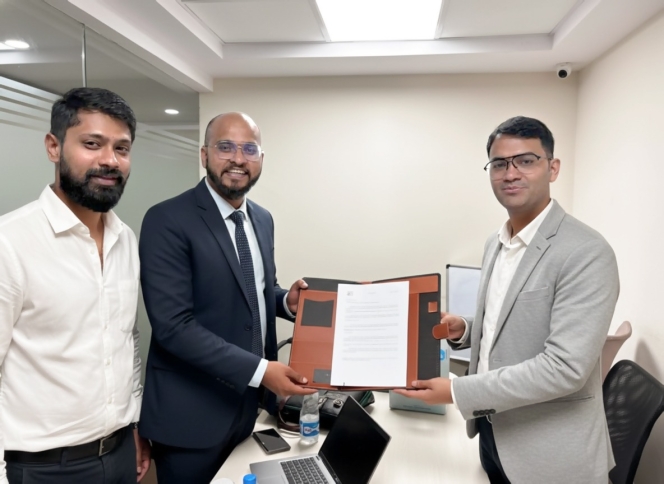
Bijliride, a two-wheeler electric vehicle (EV) rental platform, has announced a partnership with BGauss, an electric vehicle manufacturer, to increase its fleet size across India.
Under the agreement, BGauss will supply electric scooters for Bijliride’s rental and enterprise operations. The company intends to add 7,000 units to its current fleet of 3,000, reaching a total of 10,000 EVs by December 2026.
The phase 1 of the expansion will focus on four cities: Hyderabad, Mumbai, Bengaluru and Delhi NCR. These locations were selected for their demand in logistics and urban commuting.
The fleet includes models such as the BGauss C12i Max and Oowah. These vehicles feature: Removable lithium-ion batteries, IoT-enabled management, predictive maintenance via centralised dashboards and connectivity & weather-resistant designs.
Bijliride currently maintains a fleet uptime of over 95 percent through its charging and swapping infrastructure.
Shivam Sisodiya, CEO & Co-Founder, Bijliride, said, “Our objective is clear: to make electric mobility reliable and convenient at scale. BGauss’s focus on engineering quality and rider comfort complements our full-stack mobility platform, enabling us to deliver a seamless EV rental experience across high-impact urban markets.”
Going forward, Bijliride aims to expand its operation in over 10 cities by the end of next year. The company is scaling its business-to-business (B2B) fleet partnerships alongside its business-to-consumer (B2C) rental services. The expansion aims to establish an ecosystem for urban mobility and logistics.
- Bharat Maha EV Rally
- World’s longest Electric Vehicle Rally
- International Federation of Electric Vehicle Association
Bharat Maha EV Rally Completes 100 Days
- By MT Bureau
- December 17, 2025
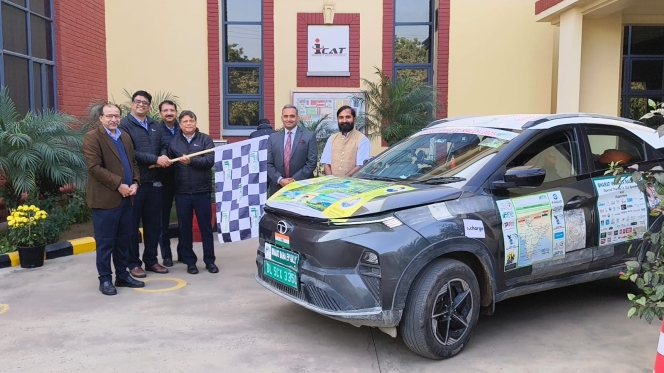
Marking its 100th day, the monumental Bharat Maha EV Rally, the world's longest electric vehicle rally, concluded a landmark phase of its journey at ICAT in Manesar, Haryana, where it received a celebratory welcome. The rally’s nationwide expedition, organised by the International Federation of Electric Vehicle Association (IFEVA), is a transformative campaign designed to assess and accelerate India's electric mobility landscape. Its core mission is to dismantle prevalent myths, demonstrate the practicality of long-distance EV travel and foster widespread awareness.
Under the leadership of IFEVA President Dr Rajeev Mishra and a dedicated team, the rally has achieved an extraordinary footprint, traversing all 28 states and eight union territories of India, along with international stretches in Bhutan and Nepal. This ambitious journey has garnered unprecedented support, receiving flag-offs and endorsements from a diverse array of leaders including Chief Ministers, Governors, Union and State Ministers and spiritual guides, signifying a broad-based national consensus on electrification.
A pivotal aspect of the rally's outreach has been its deep engagement with the academic community. The convoy has visited hundreds of institutions, including premier establishments like IITs and IIMs, facilitating direct interactions where students and faculty experienced EVs firsthand, participated in dynamic discussions and had their queries addressed by experts. This initiative has successfully ignited enthusiasm and curiosity among the nation's youth.
By actively collaborating with government bodies, industry players from large manufacturers to MSMEs, educational institutes and consumers, the rally is gathering critical, on-ground insights. These findings are poised to inform future policy and infrastructure development decisively. Ultimately, the Bharat Maha EV Rally stands as a powerful testament to India's commitment to sustainable transportation, clearly showcasing the rapid adoption of EVs and the expansion of supporting infrastructure, thereby solidifying the country's position as a frontrunner in the global electric vehicle revolution.
Battery Smart Completes 100 Million Battery Swaps In India
- By MT Bureau
- December 17, 2025
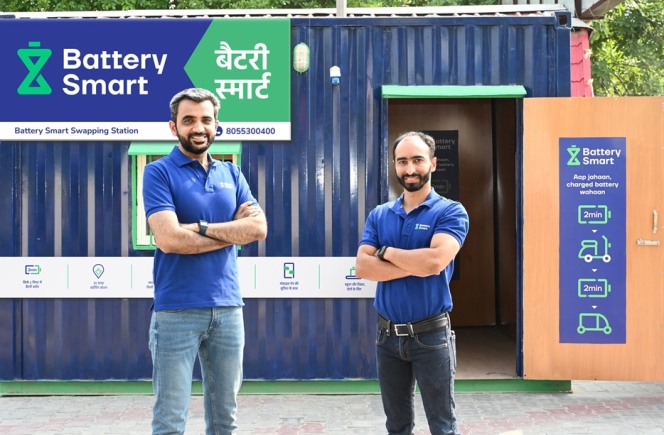
Delhi-NCR-based electric vehicle battery swapping organisation Battery Smart has announced that it has become the first company in India to complete 100 million battery swaps across its network for electric two- and three-wheelers.
The achievement comes five years after the company’s founding. Battery Smart claims it currently operates approximately 70 percent of the battery-swapping infrastructure in the country.
To mark the achievement, the company has launched an INR 100 million Driver Welfare Fund 2026, which is designed to provide insurance, financial protection and skill development for approximately 100,000 electric vehicle (EV) drivers. The fund also includes referral programmes, free swaps and community inclusion initiatives.
Pulkit Khurana and Siddharth Sikka, Co-Founders of Battery Smart, said, “Crossing 100 million swaps is a landmark for EV adoption in India, not just for us. It demonstrates the potential of battery swapping to make clean mobility accessible, affordable, and inclusive at scale. Each swap represents a choice, a driver choosing clean mobility over combustion, assurance over anxiety and improved uptime over long waiting hours. This achievement belongs to our community of drivers, battery swap station partners, OEM collaborators, investors, and policymakers who believed that battery swapping could succeed at scale in India.”
The company’s ecosystem includes over 5,000 women drivers and 250 women partners. Its technology utilises IoT-enabled batteries and real-time monitoring to enable predictive maintenance and minimize downtime for drivers in the gig economy.
“Looking ahead, the Driver Welfare Fund reinforces our commitment to the community that made this possible. As we continue to grow, we remain focused on strengthening India’s EV mobility backbone, powered by smarter IoT batteries, more efficient station operations, and robust safety systems. This milestone is just the beginning, and together, we are building the future of clean mobility for India,” added Sikka.
Going forward, Battery Smart intends to expand into 100 additional cities by 2026. The company’s roadmap involves deploying more swap stations and increasing daily swap capacity to meet demand from commercial operators. Planned investments include safety systems and IoT intelligence as the company continues to work with regulators and industry stakeholders.






Comments (0)
ADD COMMENT